Georg Baselitz
Georg Baselitz is a German painter, sculptor and graphic artist born Hans-Georg Kern in Deutschbaselitz, Saxony in 1938. He studied at the Academy of Art in East and West Berlin and has been living and working in Salzburg, Austria since 2013.
In the 1960s, he emerged as a pioneer of German Neo-Expressionist painting. In 1969, he started painting his subjects upside down in an effort to overcome the representational, content-driven character of his earlier work and stress the artifice of painting. Drawing from a myriad of influences, including art of Soviet era illustration art, the Mannerist period and African sculptures, he developed his own, distinct artistic language, often referring to his post WWII upbringing in Germany. To this day, he still inverts all his paintings, which has become his unique and most defining feature in his work.
Baselitz's work is part of public collections including the Centre Georges Pompidou, Paris; the Fondation Beyeler, Basel; the Museum Ludwig, Cologne; the Museum of Modern Art, New York; the Metropolitan Museum of Art, New York; the Fisher Collection at the San Francisco Museum of Modern Art, California; the Solomon R. Guggenheim Museum, New York; the Städel Museum, Frankfurt; and the Tate Modern, London. In 2017–18 a large retrospective of Baselitz's work was presented at the Fondation Beyeler, Riehen, Switzerland, and at the Hirshhorn Museum and Sculpture Garden, Washington, DC.

SELECTED WORKS

Georg Baselitz, Das Motiv, 1988
Oil on canvas
162 x 130 cm | 63.8 x 51.2 in
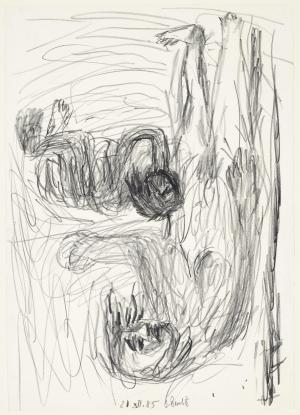
Georg Baselitz, Untitled (Mutter mit Kind - Pastorale), 1985
Graphite on paper
75,2 x 53,4 cm | 29.6 x 21 in

Georg Baselitz, Untitled, 2015
Ink pen, watercolor and India ink on paper
86,6 x 126,2 cm | 34.1 x 49.7 in
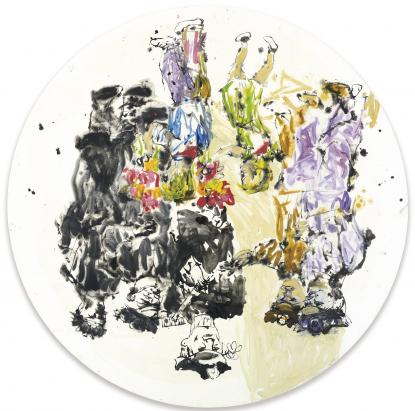
Georg Baselitz, Blumen fur die Sieger, 2001
Oil on canvas
200 x 200 cm | 78.7 x 78.7 in
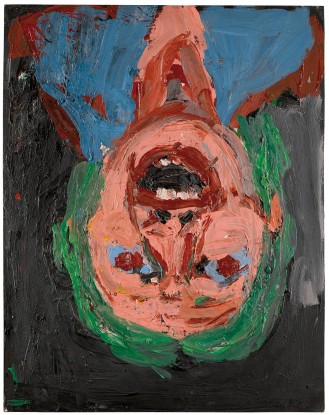
Georg Baselitz, Portrait laid, 1987
Oil on panel
90 x 71 cm | 35.4 x 28 in
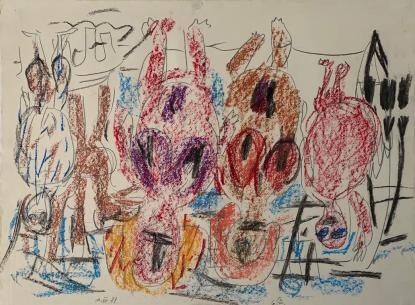
Georg Baselitz, Ohne Titel
Pastel and pencil on paper
58 x 78 cm | 22.8 x 30.7 in
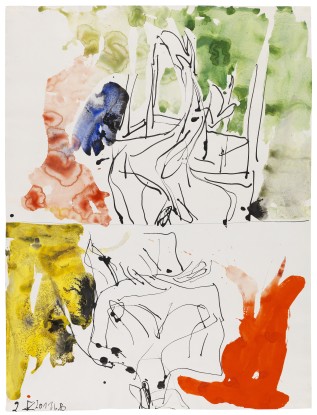
Georg Baselitz, Das 70iger Modell singt wieder, 2011
Watercolor on paper
65,8 x 49,8 cm | 25.9 x 19.6 in
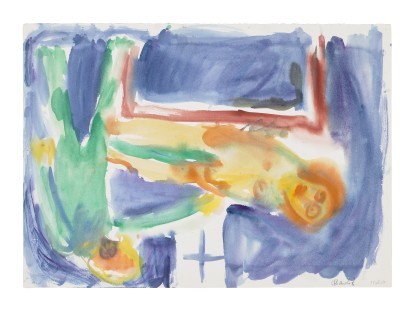
Georg Baselitz, Untitled (Das Liebespaar) (The Lovers), 1984
Gouache on paper
49,5 x 69,8 cm | 19.5 x 27.5 in
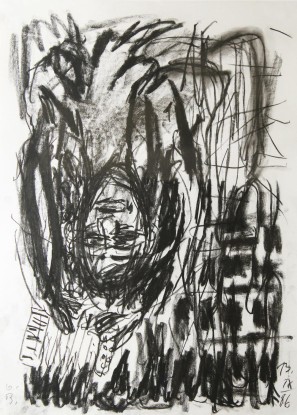
Georg Baselitz, Sans Titre (Fille à l'acordéon), 1986
Charcoal on paper
60 x 46 cm | 23.6 x 18.1 in
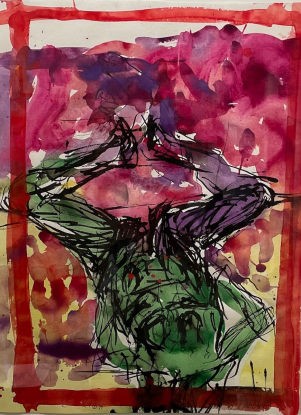
Georg Baselitz, Untitled, 1995
Watercolour and ink on paper
66 x 49,5 cm | 26 x 19.5 in